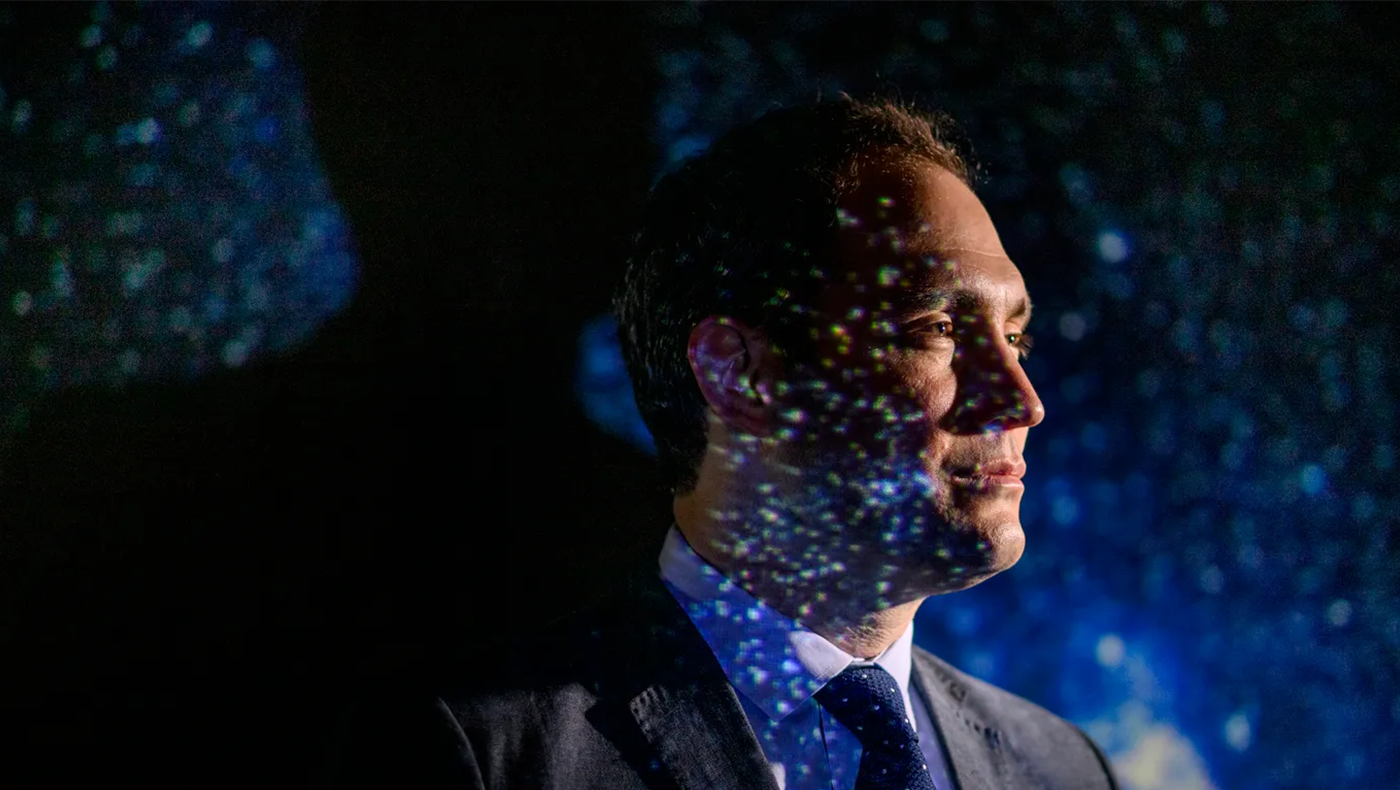Northeastern University astrophysicist Jonathan Blazek attributes his interest in the universe to his father, a native of rural Montana who loved that Big Sky country allowed him to simply look up at night and observe the stars, planets and galaxy.
Blazek “didn’t have quite the same night sky.”
“I grew up in Chicago,” Blazek says, wryly.
Is it any wonder then that Blazek’s work involves studying 95% of the universe that we cannot see?
“All the stars, all the gas, all the dust, all the galaxies are made up of this 5% that we can see, and we have to use that to infer the rest,” says Blazek, assistant professor of physics at Northeastern. “My research is focused on making this connection. How do we take the galaxies that we see and the properties of the galaxies that we see and use that to study the universe as a whole?”
Most recently, Blazek has focused on two main research questions: Where do galaxies form? And what are their shapes?
Read more from Northeastern Global News.
Photo by Matthew Modoono/Northeastern University

